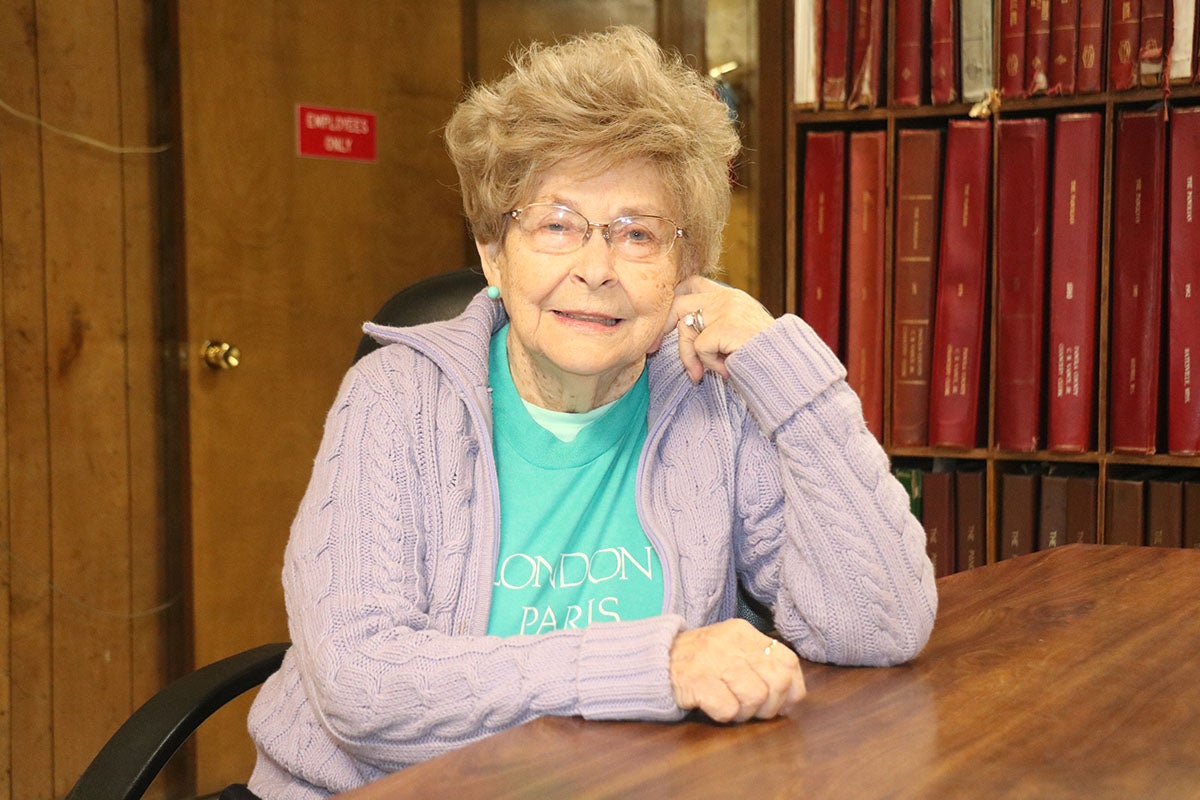Letter from Editor
Published 4:16 pm Tuesday, December 11, 2018
By Myra Bean
‘Tis the season to decorate as creatively as one can get. The more lights decorators can use the better. As people are enjoying decorating and entertaining across the nation, safety professionals just ask that safe-lighting practices are enforced.
Along with the coziness of holiday lights, candles and fireplaces, there are also dangers.
According to the National Fire Protection Association, between 2012 and 2016 U.S. fire departments responded to an average 170 home fires that started with Christmas trees per year. These fires caused an average of four deaths, 15 injuries and $12 million in direct property damage each year. Electrical distribution or lighting equipment was involved in 43 percent of home Christmas tree fires.
Batesville Fireman James Snyder, fire and life safety educator, reiterated safety this week.
It may be necessary to change out Christmas lightings and artificial trees every few years.
Snyder said connections in pre-lit trees go bad and cause electrical shorts.
One point he made was lights are not meant to be on 24-hours a day throughout the season.
They get hot,melt and cause fires. “You have to unplug them,” Snyder said.
As far as Christmas trees, Snyder said they like for people to use artificial trees, but if they use live trees to check the water every day. Water slows down the dying of the tree.
Also, he suggests using the LED lights because they do not get as hot. Candles, though beautiful and smell good, are never suggested by fire professionals, according to Snyder. Battery-operated candles are suggested as an alternate.
However, if they are used, Snyder said to make sure there is a glass globe or container around them and to keep candles away from flammable items like Christmas trees, decorations and curtains.
Extension cords should also not be used incorrectly, Snyder said. “Extension cords are for temporary use, not for permanent use. They want you to use one extension cord and hook them together and not use several extension cords.”
Other common sense advice is to check lights before hanging them or putting them on the trees and keep flammable things away from space heaters about three feet all around.
Entergy Mississippi gave the following safety measures which should be taken.
Inside lighting:
· If using a live tree, make sure it is fresh and green with needles that are hard to pull from the branches.
· Place the tree in a stand with water, well away from heaters or the fireplace. Check water daily.
· Examine all lights before putting them on the tree or using them in other home decorations. Do not use lights with frayed wiring or loose sockets, and make sure they have been tested for safety by an independent testing laboratory.
· For greater efficiency and safety, use smaller, cool-burning LED lights.
· Make sure all light sockets have bulbs in them. Children are fascinated by lights and could put their fingers in empty sockets.
· Keep bulbs from touching tree branches. Never burn candles on or near the tree and never use flammable decorations.
· Never use lights on a metallic tree. If the lights become faulty, the entire tree could be electrified.
· Be careful not to overload extension cords, outlets or even whole circuits in the house.
· Turn off decorative lighting when you leave the room.
· Place wires where they cannot trip anyone. Do not run them under rugs.
Outside lighting:
· Make sure the lights used are designated for outdoor use.
· Use a non-conducting fiberglass or wooden ladder when working with strings of lights. Also, stay clear of all overhead wires.
· Do not replace bulbs when the electricity is on.
· Never let light bulbs touch flammable materials such as plastic or dry grass and leaves.
· For outside use, work only with three-wire grounded extension cords.
· Use rubber gaskets in light sockets or hang sockets downward to keep water out.
· Keep connections and lights off the ground by hanging them over wooden stakes. Turn outside holiday lights off when away from home or asleep.





